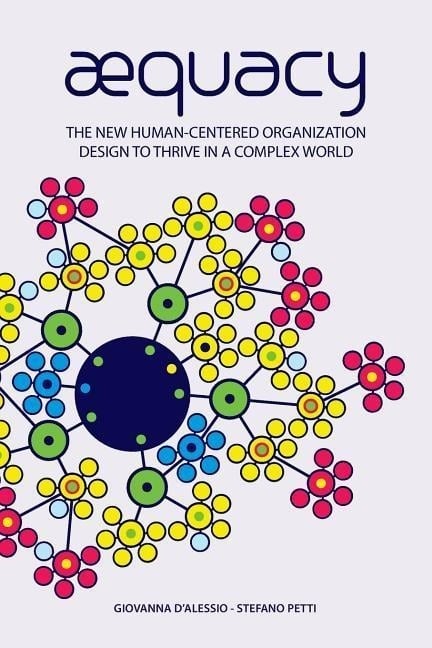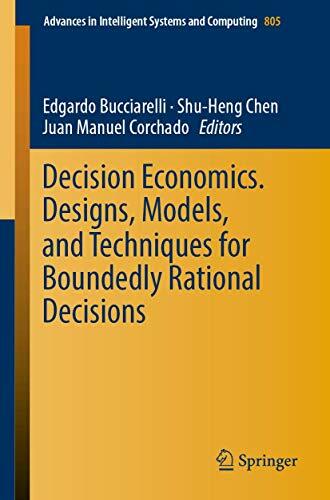
Introduction to the Theory and Application of Data Envelopment Analysis
Kurzinformation
inkl. MwSt. Versandinformationen
Lieferzeit 1-3 Werktage
Lieferzeit 1-3 Werktage

Beschreibung
1 DATA ENVELOPMENT ANALYSIS Data Envelopment Analysis (DEA) was initially developed as a method for assessing the comparative efficiencies of organisational units such as the branches of a bank, schools, hospital departments or restaurants. The key in each case is that they perform feature which makes the units comparable the same function in terms of the kinds of resource they use and the types of output they produce. For example all bank branches to be compared would typically use staff and capital assets to effect income generating activities such as advancing loans, selling financial products and carrying out banking transactions on behalf of their clients. The efficiencies assessed in this context by DEA are intended to reflect the scope for resource conservation at the unit being assessed without detriment to its outputs, or alternatively, the scope for output augmentation without additional resources. The efficiencies assessed are comparative or relative because they reflect scope for resource conservation or output augmentation at one unit relative to other comparable benchmark units rather than in some absolute sense. We resort to relative rather than absolute efficiencies because in most practical contexts we lack sufficient information to derive the superior measures of absolute efficiency. DEA was initiated by Charnes Cooper and Rhodes in 1978 in their seminal paper Chames et al. (1978). The paper operationalised and extended by means of linear programming production economics concepts of empirical efficiency put forth some twenty years earlier by Farrell (1957). von Thanassoulis, Emmanuel
Produktdetails

So garantieren wir Dir zu jeder Zeit Premiumqualität.
Über den Autor

- Kartoniert
- 352 Seiten
- Erschienen 2021
- mitp Verlags GmbH & Co. KG

- hardcover
- 264 Seiten
- Erschienen 1999
- Addison-Wesley

- Hardcover
- 320 Seiten
- Erschienen 2006
- John Wiley & Sons Inc

- Taschenbuch
- 246 Seiten
- Erschienen 2018
- Asterys

- Gebunden
- 250 Seiten
- Erschienen 2011
- Springer

- paperback
- 148 Seiten
- Erschienen 1974
- Springer Berlin Heidelberg

- paperback
- 640 Seiten
- Erschienen 2008
- Sage Publications, Inc

- Kartoniert
- 598 Seiten
- Erschienen 2012
- Springer

- Kartoniert
- 342 Seiten
- Erschienen 2017
- Springer

- Gebunden
- 179 Seiten
- Erschienen 2019
- Springer

- hardcover
- 632 Seiten
- Erschienen 2009
- Wiley

- Gebunden
- 387 Seiten
- Erschienen 1998
- Springer

- hardcover
- 333 Seiten
- Erschienen 2004
- Springer

- Kartoniert
- 179 Seiten
- Erschienen 2018
- Springer

- Kartoniert
- 178 Seiten
- Erschienen 2018
- Springer

- paperback
- 662 Seiten
- Erschienen 2016
- Routledge

- Hardcover
- 400 Seiten
- Erschienen 2012
- Wiley-Blackwell

- Gebunden
- 283 Seiten
- Erschienen 2016
- Carl Hanser Verlag GmbH & C...


























